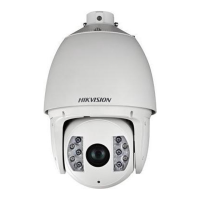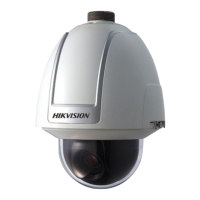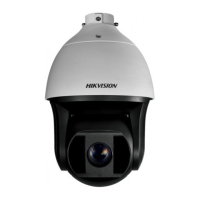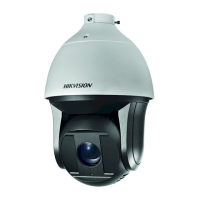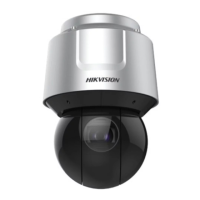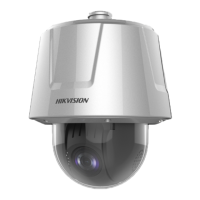6.1.9 I-Frame Interval
I-frame interval denes the number of frames between 2 I-frames.
In H.264 and H.265, an I-frame, or intra frame, is a self-contained frame that can be independently
decoded without any reference to other images. An I-frame consumes more bits than other
frames. Thus, video with more I-frames, in other words, smaller I-frame interval, generates more
steady and reliable data bits while requiring more storage space.
6.1.10 SVC
Scalable Video Coding (SVC) is the name for the Annex G extension of the H.264 or H.265 video
compression standard.
The objecve of the SVC standardizaon has been to enable the encoding of a high-quality video
bitstream that contains one or more subset bitstreams that can themselves be decoded with a
complexity and
reconstrucon quality similar to that achieved using the exisng H.264 or H.265
design with the same quanty of data as in the subset bitstream. The subset bitstream is derived
by dropping packets from the larger bitstream.
SVC enables forward
compability for older hardware: the same bitstream can be consumed by
basic hardware which can only decode a
low-resoluon subset, while more advanced hardware
will be able decode high quality video stream.
6.1.11 Smoothing
It refers to the smoothness of the stream. The higher value of the smoothing is, the beer uency
of the stream will be, though, the video quality may not be so sasfactory. The lower value of the
smoothing is, the higher quality of the stream will be, though it may appear not
uent.
6.2 Audio
Sengs
It is a funcon to set audio parameters such as audio encoding, environment noise ltering.
Go to the audio sengs page: Conguraon → Video/Audio → Audio .
6.2.1 Audio Input
If a built-in microphone or an external audio pick-up device is available, audio encoding, audio
input mode and input volume are congurable.
Audio Encoding
The device oers several compression standard. Select according to your need.
Network Speed Dome User Manual
44

